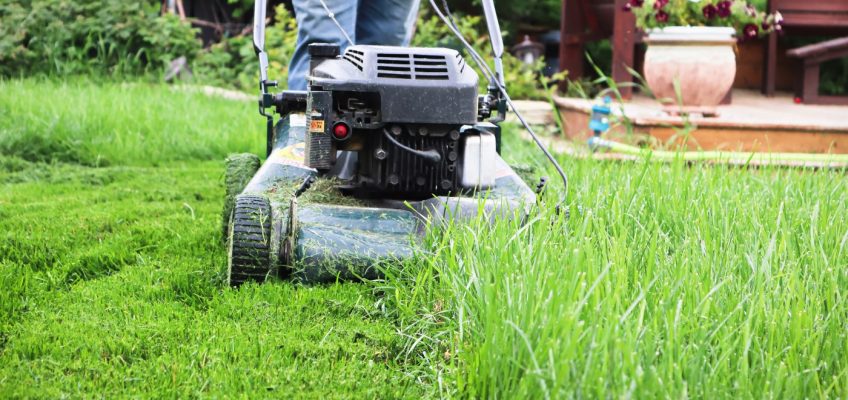Eleven people interested in filling the seat that was left vacant last month following the resignation of Forest Lake Area School Board member Luke Hagglund will be interviewed next week by the six remaining members of the school board.
The applicants include Glen Berg, Andi Courneya, Scot Doboszenski, Princesa Hansen, Paul Pease, Jeff Peterson, Kenneth Rutford, Tom Schulzetenberg, Jim Smith and Daniel Tuott.
Another candidate who will be interviewed is Laura Ndirangu, who was a candidate during the 2024 school board election. The school board voted to include an additional finalist from the pool of people who ran for school board last year but did not win a seat; Ndirangu received nearly 11.8% of the vote in 2024, coming in fifth behind current board member Tessa Antonsen (12.2%).
The school board will interview each candidate at a special board meeting on Wednesday, starting at 5 p.m. Each interview is scheduled to last 20 minutes.
Following the interviews, the board will break into two sub-committees. Each committee will select up to two applicants for final consideration at Thursday’s board meeting.
Once a candidate is selected, there is a 30-day waiting period prior to final appointment to the school board made on Jan. 3. Orientation of the appointed school board member will be Dec. 5-Jan. 5; a ceremonial oath is planned for the Jan. 8 board meeting.
Hagglund resigned on Oct. 24, citing a move out of the district. The original plan for appointing Hagglund’s replacement – proposed by School Board Chairman Curt Rebelein – was controversial.
A board agenda item, published before the Oct. 23 meeting, stated that the board planned to immediately vote on a resolution appointing Doboszenski, one of the applicants for the position, to fill the remainder of Hagglund’s term; his term expires on Jan. 4, 2027.
Hagglund told the Pioneer Press that he planned to vote on Doboszenski’s appointment himself.
An attorney for Education Minnesota, however, sent a letter to Rebelein on Oct. 22 stating that the vote would be illegal because Hagglund’s resignation did not take effect until after the meeting.
The board decided against that plan and voted instead to hold a special meeting to determine a different process and timeline to fill the vacancy.
The new board member will serve on the board for the 2026 calendar year.
Related Articles
More snow on the way: Here’s how much we could get this weekend
Washington County dad pleads guilty to child endangerment after UTV crash
It’s back to the drawing board for Lakeland in its search for new city hall
Woodbury cop and son survive DUI crash, urge holiday partiers to find another way home
Washington County emergency alert system is victim of cyberattack




